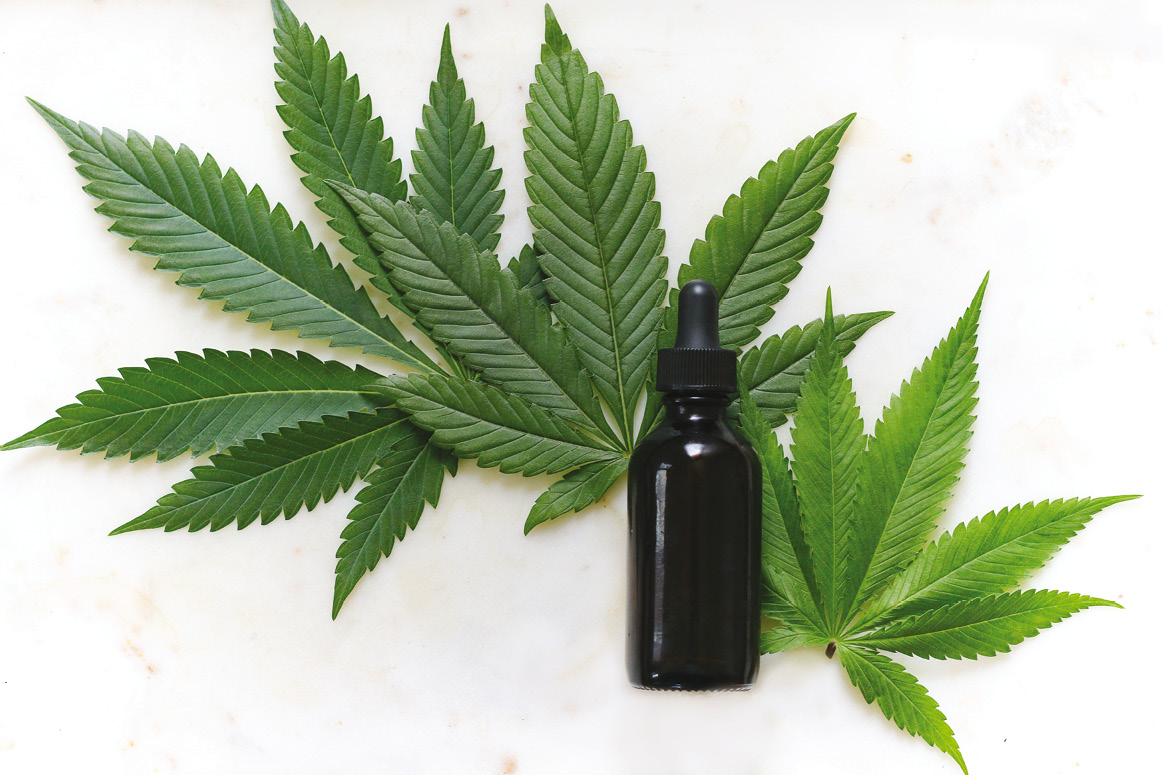
Cannabis is starting to become mainstream. It received its slang name, “marijuana,” from a misinformed U.S. government. The year 1937 saw cannabis prohibition go into full swing with the signing of the Marihuana Tax Act. By 1939, the U.S. government was producing anti-cannabis propaganda like that seen in the film Reefer Madness. A few short years later, the feds sent out mixed messages with the 1942 film Hemp for Victory, calling on American farmers to grow hemp (cannabis) to help win the war.
Not everyone supported cannabis prohibition. In fact, many people questioned it, like Fiorello LaGuardia, mayor of New York City from 1934-1945. In 1939, he commissioned a report on “marijuana” to be conducted by the New York Academy of Medicine, called the LaGuardia Committee Report on Marijuana. This report found the claims made by the federal government, such as that smoking cannabis would result in insanity, mental health issues, criminal behavior and more, to be based on opinion and personal agenda rather than fact. These claims fueled the era of “Reefer Madness,” helping to facilitate the “War on Drugs” and the attempted eradication of cannabis by the U.S. government.
Thankfully, the truth about cannabis was out there, and it was shared by a global culture and community despite the plans of the man and prohibition. The idea of a cannabis dispensary even a decade ago seemed far-fetched, and for many Americans it still is. Today, some places have more cannabis dispensaries than McDonald’s or Starbucks. Denver, Colorado, is one of them. According to research conducted by 420 Tours in Denver, in 2018, Denver had 169 recreational and 195 medical cannabis dispensaries. There were only 80 Starbucks and 31 McDonalds in Denver in 2018.
Cannabis isn’t just about THC, joints, bowls, blunts and bongs. You can also eat it, rub it on you, bathe in it, stick it on yourself and more. CBD, the non-intoxicating cousin of THC, is all the buzz, too. Hemp, a form of cannabis, is being embraced across America. Hemp-derived CBD contains a miniscule amount of THC (.3% or less in the U.S.) and is showing up in everything from vape cartridges to snacks, coffee and health and beauty products. Even drugstore giants Walgreens and CVS are both carrying CBD products in select locations.
One common fall-back for those not supporting cannabis is that it needs more research. If you go to the web site of the National Center for Biotechnology Information (NCBI), you’ll find a report with a different tune, The Health Effects of Cannabis and Cannabinoids: The Current State of Evidence and Recommendations for Research. This report holds that a myriad of studies have been conducted but have failed to reach the right people:
“While a myriad of studies have examined cannabis use in all its various forms, often these research conclusions are not appropriately synthesized, translated for, or communicated to policy makers, health care providers, state health officials, or other stakeholders who have been charged with influencing and enacting policies, procedures, and laws related to cannabis use.” —NCBI
Cannabis is surrounded by a smokescreen of confusion. When you take a moment to clear the air, you’ll find a sea of endless green possibilities with this widely misunderstood plant. From medicine to food, fuel, clothing, building materials and more, the truth about infusing cannabis into our everyday lives is starting to become a little clearer with each passing year.



Leave a Reply